Every brand wants to be remembered. They all want their customers to come back. But how do you make sure your brand is remembered and how do you increase customer loyalty? There are a lot of factors that influence consumer behaviour. I have reviewed my own experiences and identified 2 essential ingredients.
Summary
- Introduction
- The 2 essential ingredients to make your brand unforgettable
- 5 brands that create unforgettable shopping experiences and develop customer loyalty
- What can we expect from these methods?
- Can these customer loyalty solutions be deployed on a larger scale?
- Sources
Introduction
Love brands … those brands that consumers love … they have something that others don’t have. I don’t pretend in this article to decode the DNA of love brands but to illustrate through a few examples what you can do to be loved by your customers. The examples I will deal with are those of Archiduchesse.com, Bonpoint, Coolblue and 2 projects we have done for clients. What do they all have in common? They want to create a little something unexpected, something unique, that makes the brand memorable.
Need help to make your brand unforgettable: contact us!
info@intotheminds.com or via the contact form
The 2 ingredients that make the memories of your brand unforgettable
There are 2 essential elements to make the memory of your brand engrave itself in the minds of your customers:
- Emotion
- Surprise
Emotion, an element that can freeze memories

Credits : Cyril Attias via Flickr
Emotions (positive or negative) are potent levers for imprinting memories. An example? What were you doing on September 11, 2001? Anyone can answer this question. The emotional shock was such that the exact memory of that moment, of its context, was printed. When you think back, no doubt images come to mind, as if you were looking at yourself. Only death will deprive you of this memory. Using emotions in marketing is an incredibly powerful way to keep a memory alive. Your marketing thinking must, therefore, revolve around creating a strong feeling that will “freeze” the memory from the moment the consumer perceives it. Of course, this emotion should be positive, pleasant, but you will have understood with the example I have given you that even negative emotions have their interest.
Emotions (positive or negative) are powerful levers for imprinting memories.
Surprise, a determining factor for customer satisfaction
 Surprise is the other necessary ingredient to ensure that your brand will be remembered forever. To put it (almost simplistically), customer satisfaction is the difference between the customer’s expectations and their perception of the service or product at the time they use it. The element of surprise (which is not expected, therefore) allows when it is pleasant to make the appreciation of the product/service soar and thus to provoke high customer satisfaction. However, when customer satisfaction is very high (or very low), an emotional overflow is created that the customer “spills” around him: in the form of online reviews, in the form of word-of-mouth (positive in the case of positive emotion, detrimental in the opposite case).
Surprise is the other necessary ingredient to ensure that your brand will be remembered forever. To put it (almost simplistically), customer satisfaction is the difference between the customer’s expectations and their perception of the service or product at the time they use it. The element of surprise (which is not expected, therefore) allows when it is pleasant to make the appreciation of the product/service soar and thus to provoke high customer satisfaction. However, when customer satisfaction is very high (or very low), an emotional overflow is created that the customer “spills” around him: in the form of online reviews, in the form of word-of-mouth (positive in the case of positive emotion, detrimental in the opposite case).
When a customer is extremely satisfied (or dissatisfied), he “spills” his emotional overflow around him in the form of word-of-mouth.
Here’s how these 5 brands create an unforgettable memory
I have chosen to deal with 5 examples of brands that create positive memories (the opposite exercise could also have been attempted, and I already have a few candidates in mind ?) and that are champions of customer loyalty. The objective here is to give you illustrations of what you can do, in a straightforward way, to surprise customers and thus promote the persistence of positive memories of your brand. To make it easier for you to read, I have created a table (below) that compares the different approaches. If one of them interests you more than the others, just read the paragraph (below) that explains the solution in detail.
| Company | Technic used |
| ProDegustation (e-commerce) | The manager of the company calls customers directly to listen to them in case of dissatisfaction. And to collect their suggestions in all other cases. |
| Bonpoint (children’s clothes) | The items purchased are wrapped in tissue paper and scented with a boy or girl fragrance depending on the item purchased. |
| Archiduchesse (e-commerce) | Goodies are included with every order. These small gifts vary from time to time. |
| Coolblue (e-commerce) | A handwritten and signed postcard is sent with the order. |
| Domaine Le Cazal (vin, e-commerce) | A branch of thyme is included in the order, to link with the identity of the terroir on which the vine grows. |
ProDegustation: it’s the Boss who calls you
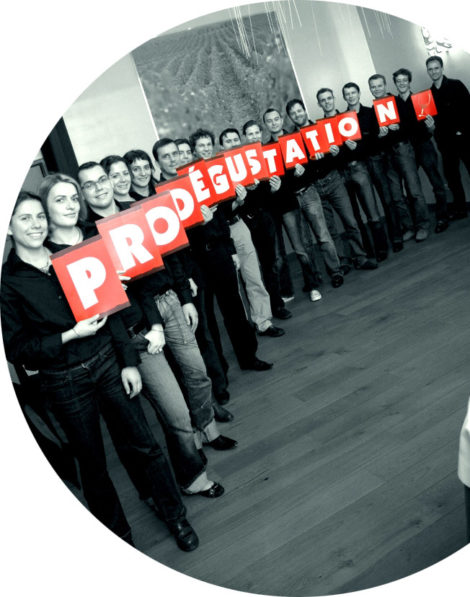 When it comes to customer satisfaction, ProDegustation knows a thing or two about it. When we reinvented their customer experience, our two main concerns were customer satisfaction and customer loyalty. To achieve this, we decided to create an unexpected emotional shock. So, when a customer, after a tasting session, made remarks or suggestions, it was the general manager who called them directly to thank them for their feedback. The surprise was total for the customer. The customer felt valued, and a definite and permanent memory of the company was engraved in his mind. The recipe is a fool proof way to develop customer loyalty in B2C but requires a significant investment of time. Have you ever been called personally by the boss of a company to ask for your opinion? To learn more about this project, click here.
When it comes to customer satisfaction, ProDegustation knows a thing or two about it. When we reinvented their customer experience, our two main concerns were customer satisfaction and customer loyalty. To achieve this, we decided to create an unexpected emotional shock. So, when a customer, after a tasting session, made remarks or suggestions, it was the general manager who called them directly to thank them for their feedback. The surprise was total for the customer. The customer felt valued, and a definite and permanent memory of the company was engraved in his mind. The recipe is a fool proof way to develop customer loyalty in B2C but requires a significant investment of time. Have you ever been called personally by the boss of a company to ask for your opinion? To learn more about this project, click here.
Bonpoint: a scented memory
I had already written a short note after a visit to Bonpoint. It’s a pretty exciting brand that creates a differentiating customer experience at its points of sale. I’ve forgotten just about everything except the checkout when the sales assistant wrapped what I bought in tissue paper and delicately scented it with a boy’s fragrance. The memory of the brand is associated with this olfactory trace. Other brands use the same means to anchor themselves in the consumers’ minds. You’ll probably immediately think of Abercrombie&Fitch, whose heady scent permeated the entire street around the shop.
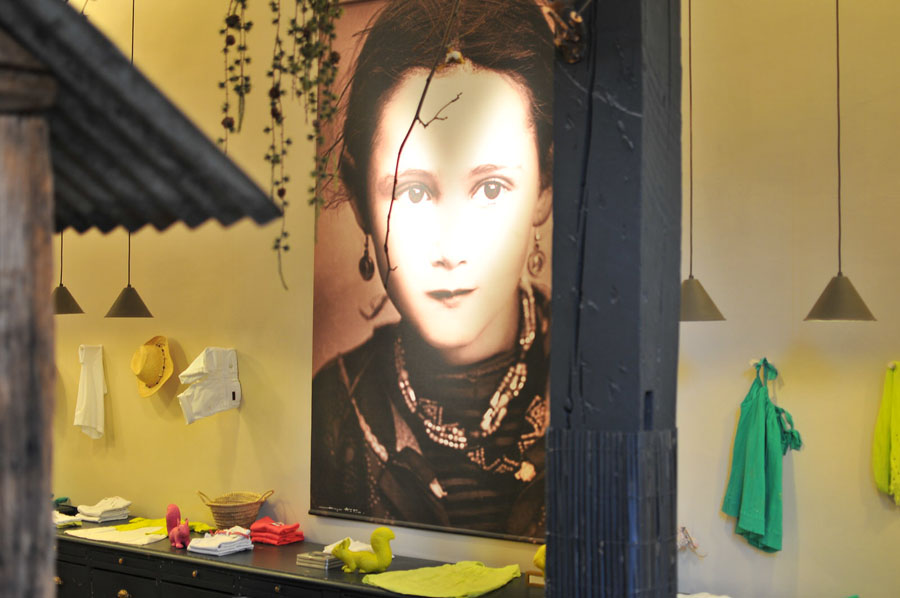
Archiduchesse: a quirky souvenir
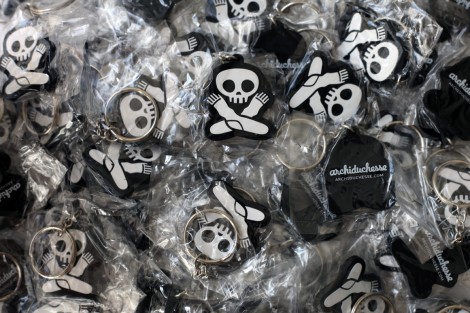
What could be more impersonal than e-commerce? You order on-line, you receive your product, and that’s it. It’s simple and efficient. It is, therefore, purely transactional. There is no relational aspect to it. How to reintroduce a dose of humanity? This is what the Archiduchesse brand (probably one of the first DNVBs) has managed to do. Each order was accompanied by small goodies: stickers, candies, keychains with the brand’s logo. The first time is astonishing, and when you recommend, and the goodies are different, it adds a human touch. I heard that LaFraise.com used to put candy in their packages as well. I don’t know if it’s true but if you have memories share them here.
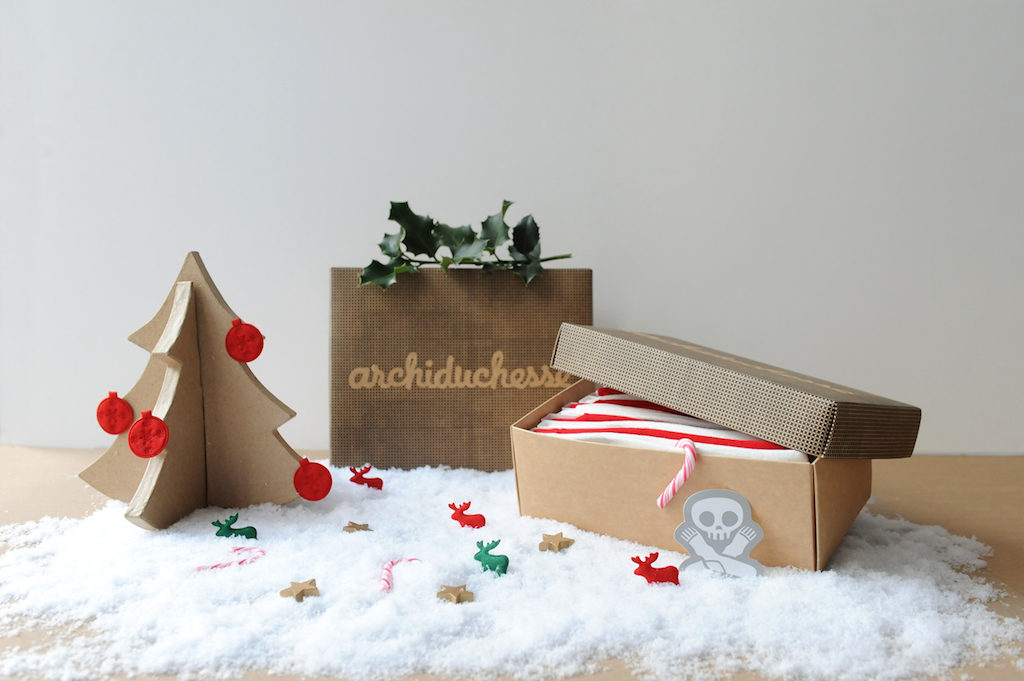
Coolblue: an unexpected personal touch
To create surprise, you don’t necessarily have to offer something tangible. Offering your time is sometimes enough. Nobody does it anymore (search for efficiency, cost reduction, … you know what I mean?). So, when you receive a little message just for you, written by someone who exists, it’s bound to make an impression on you. That’s what happened with Coolblue. At the beginning of the relationship, I was entitled to a few small courtesies: a postcard here, a little note there … it’s cool(blue), and it creates a special relationship with the brand. Even if I don’t receive a card anymore, the “customer loyalty” effect worked well, and I still find myself in the brand’s values since it’s from them that I continue to buy.
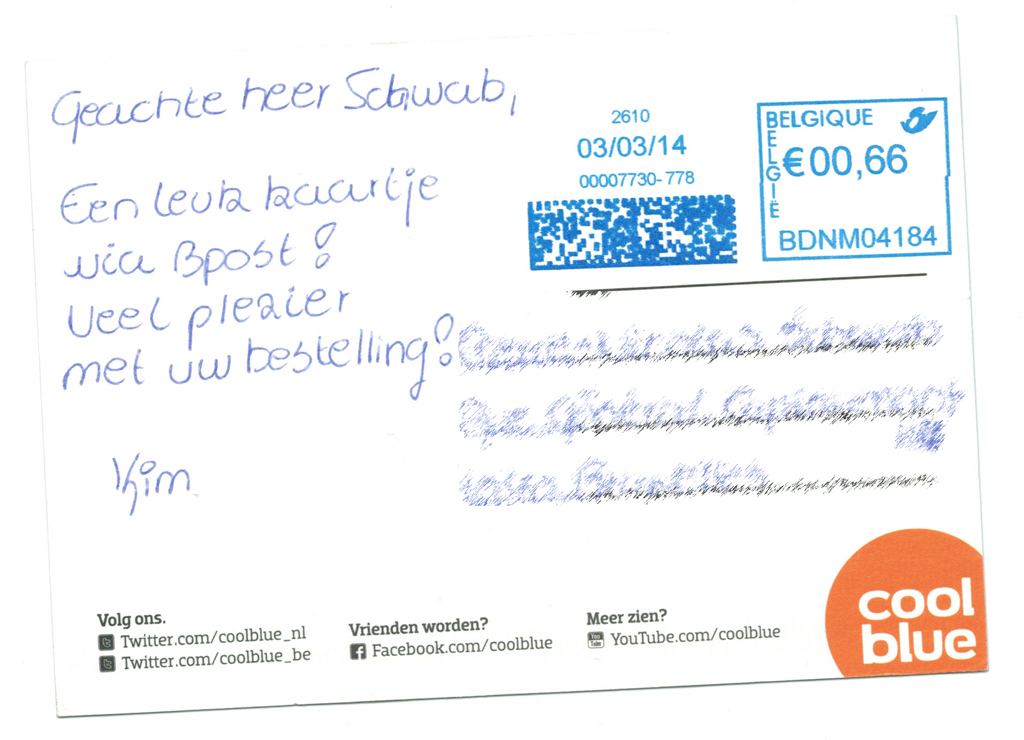
Domaine Le Cazal: thyme to create a relationship with the terroir
 The last example I’d like to give you is another project we did several years ago in the southwest of France. The Le Cazal estate produces a wine that is very strongly marked by the thyme that grows on this arid land at an altitude of 300 metres. Wild thyme grows in abundance on the terroir. A sprig was placed in each box for the customer’s attention. This little surprise added a touch of personalisation and also allowed the customer to be tangibly linked with the terroir.
The last example I’d like to give you is another project we did several years ago in the southwest of France. The Le Cazal estate produces a wine that is very strongly marked by the thyme that grows on this arid land at an altitude of 300 metres. Wild thyme grows in abundance on the terroir. A sprig was placed in each box for the customer’s attention. This little surprise added a touch of personalisation and also allowed the customer to be tangibly linked with the terroir.
What can we expect from the use of such methods?
The question of return on investment arises. Unfortunately, I do not have any overall, general figures to provide.
What is clear in any case is that the small attentions you reserve for your customers, if they are spontaneous and authentic, will allow you to ensure their loyalty to your brand. If you have to propose such actions to your management, highlight the impact they will have on customer loyalty. My own experience is symptomatic of the effect these small investments can have: years later (even more than a decade in some cases), I still remember exactly what happened, and I am still a customer.
If you need to convince your management of the value of the method, tell them about the scientific studies that have been done on the subject, notably by Yu and Dean (2001). These two marketing researchers have shown that the emotional component of customer satisfaction is the best predictor of customer loyalty. They also showed that negative emotions accurately predicted contrary word-of-mouth.
How to deploy solutions for your business on a large scale?
The immediate question is, “how do we roll out all these tricks and turns on a larger scale?” Answering such a problem is a real case of conscience. Indeed, what allows the positive memory of the brand to crystallise in the above examples is the unexpected, the investment of a little time. It is the gesture that has value because the brand has devoted time to it. Reproducing on a large scale is, therefore, a marketing counter-sense. The very essence of the brand gesture towards the consumer would be taken away. It is the rarity of the gesture that makes its value.
Nevertheless, some people are trying to develop automated solutions to reproduce the unusual, to democratise this rarity.
Artificial intelligence does not provoke emotions
Recommendation algorithms are there to personalise the customer experience, for example. But no one is fooled. There is nothing exceptional in on-line personalisation anymore, but its results are worthy of interest (see infographics below). To deepen this subject, I suggest you read an article that we devoted to the future of personalisation algorithms.
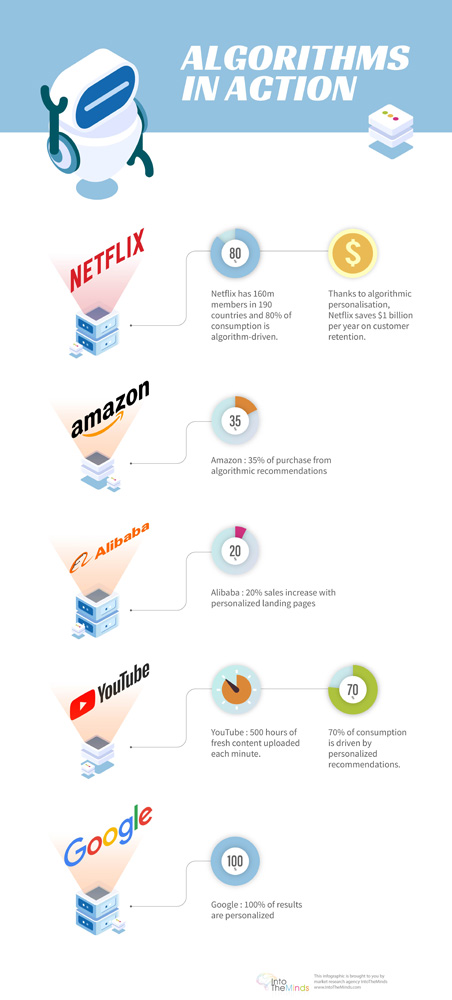
Machines that mimic human handwriting
We have echoed a much more skilful and challenging to detect technique: machines that mimic human writing. The handcrafted solution we had tested in a luxury store on the Rue de la Paix in Paris (see video below) has been perfected.
Now companies can use the services of a company whose machines mimic human handwriting to produce small personalised notes on a large scale (see video below). It’s fascinating and frightening at the same time because it completely misrepresents the honest intentions of the brands I’ve taken as an example.
In the end, you’ll have understood. To provoke emotions and increase customer loyalty remains above all, a personal matter. In an increasingly digital world, I am firmly convinced that proximity with the customer, the weaving of an individual and emotional bond, are vital factors of success. So, there is no miracle recipe: you have to take your time and get closer to your customers. This is the real lesson to be learned from this very long article.
Sources
Yu, Y. T., & Dean, A. (2001). The contribution of emotional satisfaction to consumer loyalty. International journal of service industry management.
Image credits: Shutterstock, archiduchesse
Posted in Marketing.